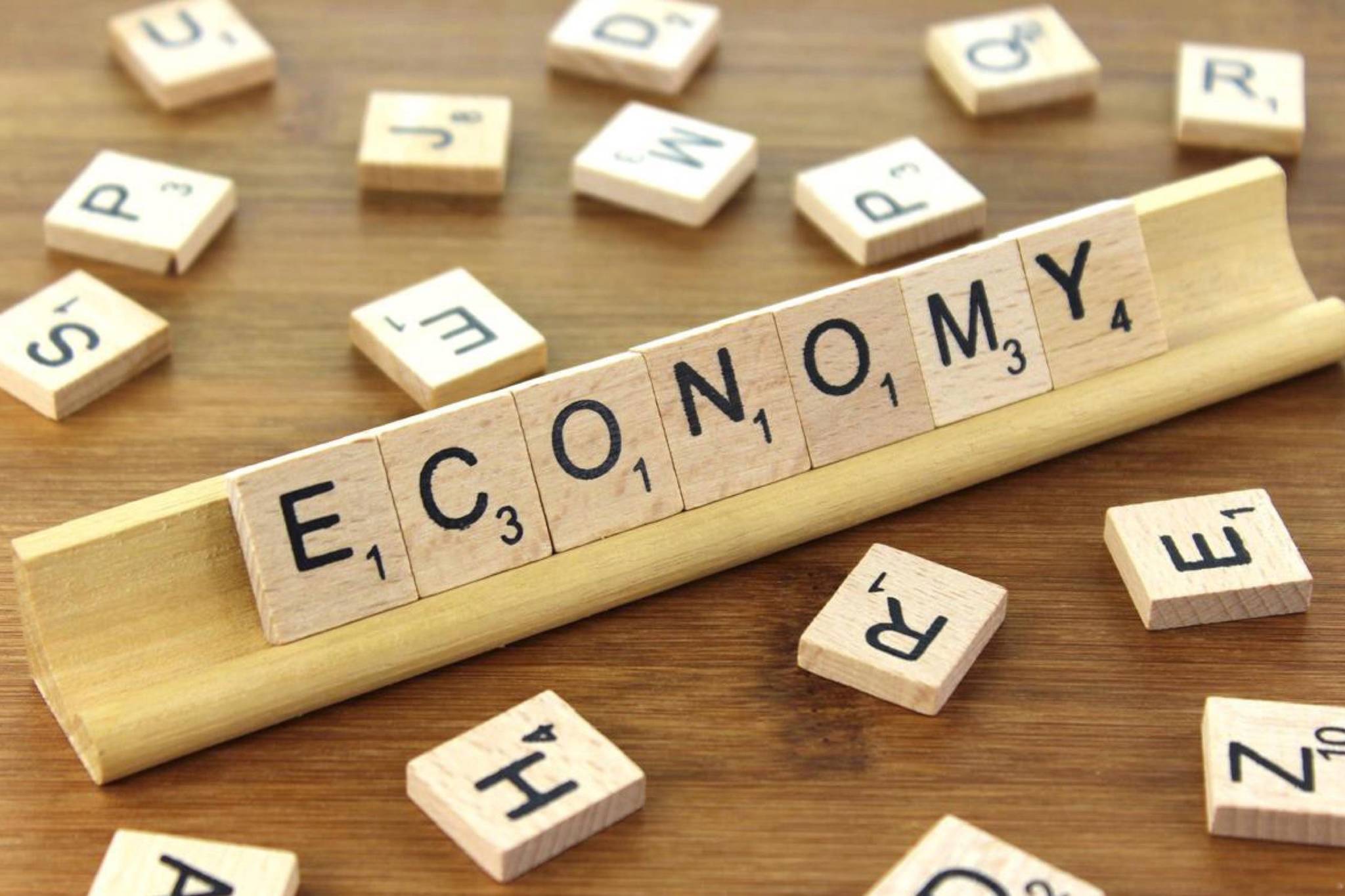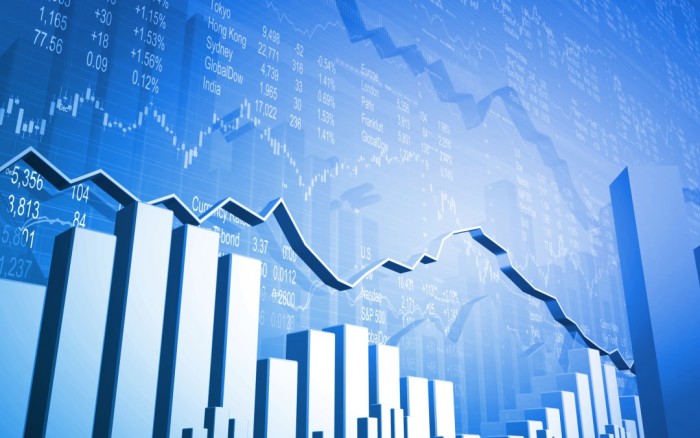Following consecutive cuts in April and May, the Reserve Bank of Australia (RBA) left the overnight cash rate unchanged at 3.50% in July and in August. Many economists are speculating that rate cuts will now be seen in the race towards Christmas.
The Reserve Bank Board was of the view that global GDP will grow at average pace for the remainder of 2012 but believes there are clear potential downside risks that need to be monitored. The key concerns cited were contracting growth in Europe and weaker economic indicators in China.
Locally, it has been commodities that have caused the greatest short term pain for our economy and financial markets, with iron ore spot prices falling to below $US90 and coal prices having slumped by up to 30% in some categories during the month of August and in early September.
 Bond markets were volatile during August but most markets reversed intra-month trends to end close to their starting values. The Australian 10-year
government bond yield was a strong case in point, increasing sharply in the first half of August hitting a high of 3.44%, before falling back to
its starting value of 3.01% by the end of the month.
Bond markets were volatile during August but most markets reversed intra-month trends to end close to their starting values. The Australian 10-year
government bond yield was a strong case in point, increasing sharply in the first half of August hitting a high of 3.44%, before falling back to
its starting value of 3.01% by the end of the month.
Equity markets generally continued to rise through August on rising hopes for another round of Quantitative Easing from the Federal Reserve and bond buying from the ECB. The Materials sector underperformed its global counterparts and was one of the worst performing sectors domestically due to the sharply falling iron ore price.
The best performing Australian large-cap stocks during the month included Bluescope Steel (+26.4%), Primary Health Care (+23.5%) and Resmed (+20.8%). The worst performers came from commodity and resource services sectors, Boart Longyear (-38.4%), Atlas Iron (-21.7%) and Lynas Corporation (-20.5%).
U.S. and European stock markets posted strong returns in August, with investors gaining confidence that the ECB will intervene in government bond markets to stabilise the region.
Chinese stocks were weaker market performers in August, falling 3.10%, as the government continued to deploy mechanisms designed to slow the economy. Asia ex-Japan also declined as a result of the slowing trade links, to end the month 0.41% higher, underperforming the global benchmark by 4.91%.
The Australian dollar fell against most major currencies, largely due to the falling price of iron ore, of one of our major commodities. In particular, the AUD declined by 3.93% against the Euro as investors garnered some confidence due to the increasing possibility of ECB stabilisation mechanisms.
The S&P/ASX 200 Property Accumulation Index was down 0.14% in August underperforming the broader Australian sharemarket.
At a stock specific level Goodman Group (6.12%) was the strongest performer on the back of the corporate restructuring by adding Goodman Logistics (HPK), the Lend Lease Group (4.81%) also performing strongly. The Aspen Group (-23.29%) was the poorest performing security, with the resignation in August of their managing director being a contributing factor to this loss. The Stockland Trust (-5.07%) also fell due to poorly received 2011/12 Financial Year results.
Gold (+4.81%) and Oil (+9.55%) were up strongly in August, while the more broad CRB Spot Commodity Index was up 2.05%.
Volatility fell in August by 1.46% as measured by the VIX Index.
Looking Ahead
Our Advisers are looking for the following activity in coming months:
– Financial Markets have rallied on (fulfilled) expectations that major central banks would take action to stimulate their economies, further progress will require a confirmation of recovery. It could take several months for economic data to do this.
– The European Central Banks proposal to buy the bonds of troubled countries reduces the risk of disaster in the Eurozone. This financial support has however only come in return for increased austerity.
– Commodity prices did surge on the long awaited QE3 announcement however the long term resources prices will be determined more by China QE3.



